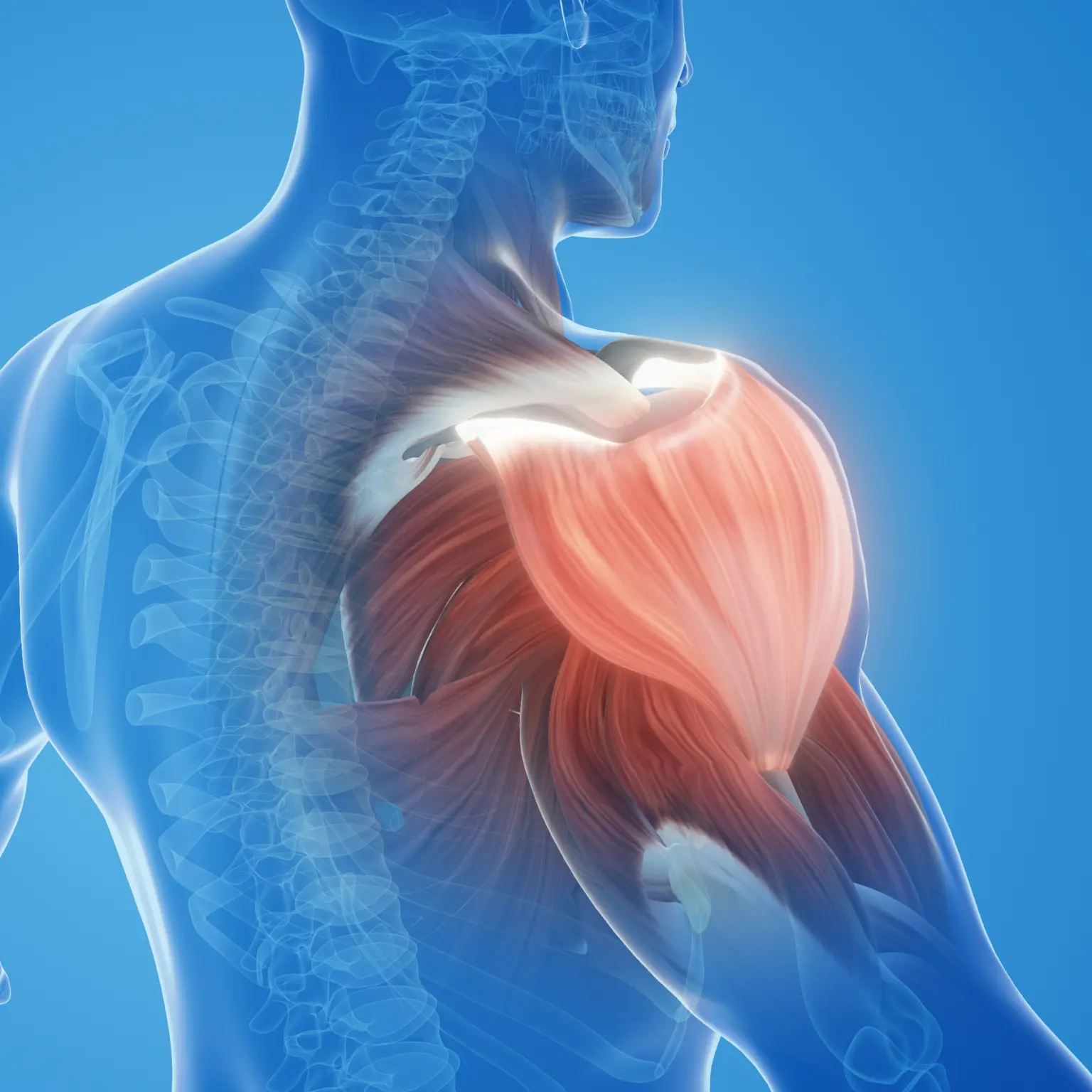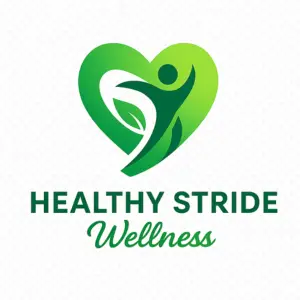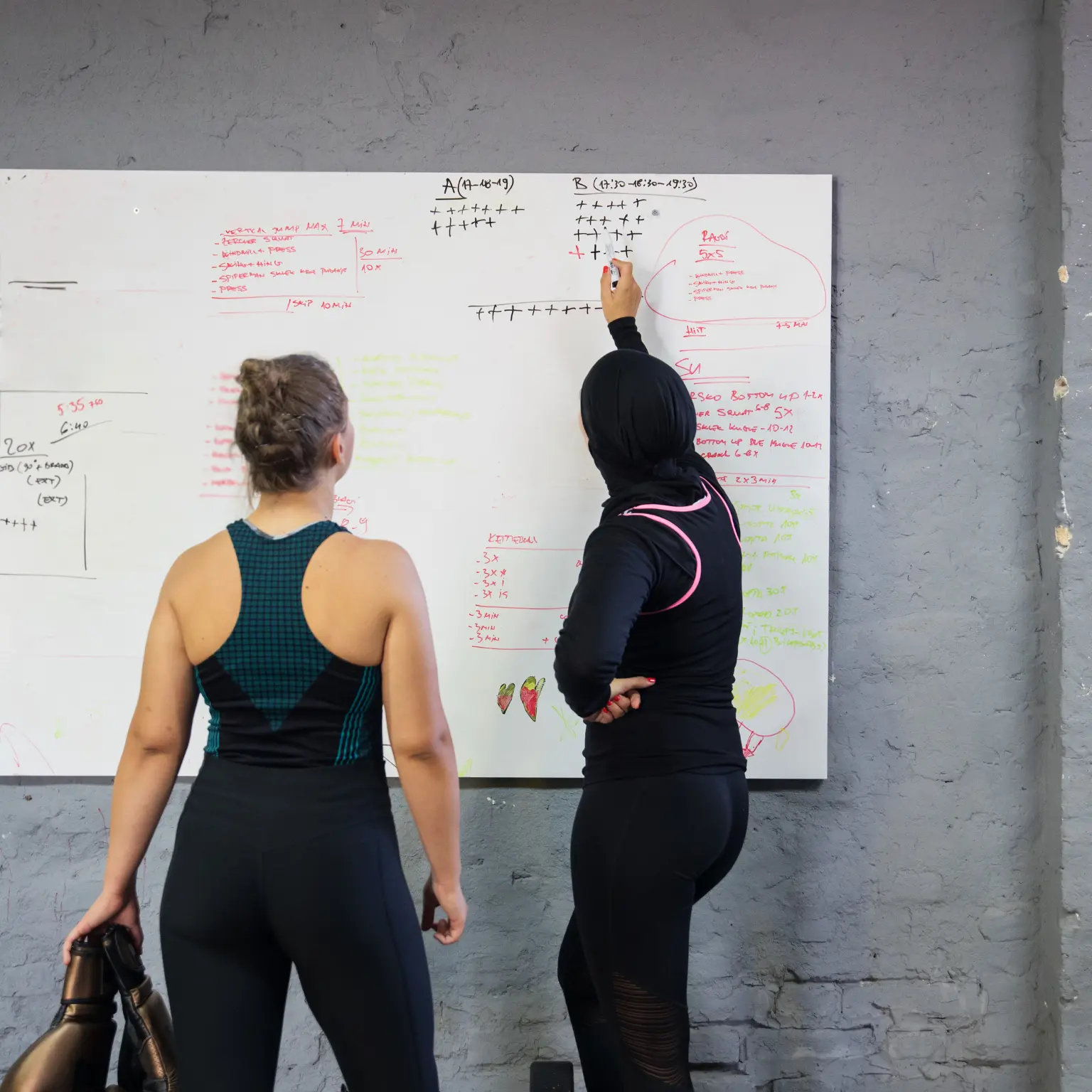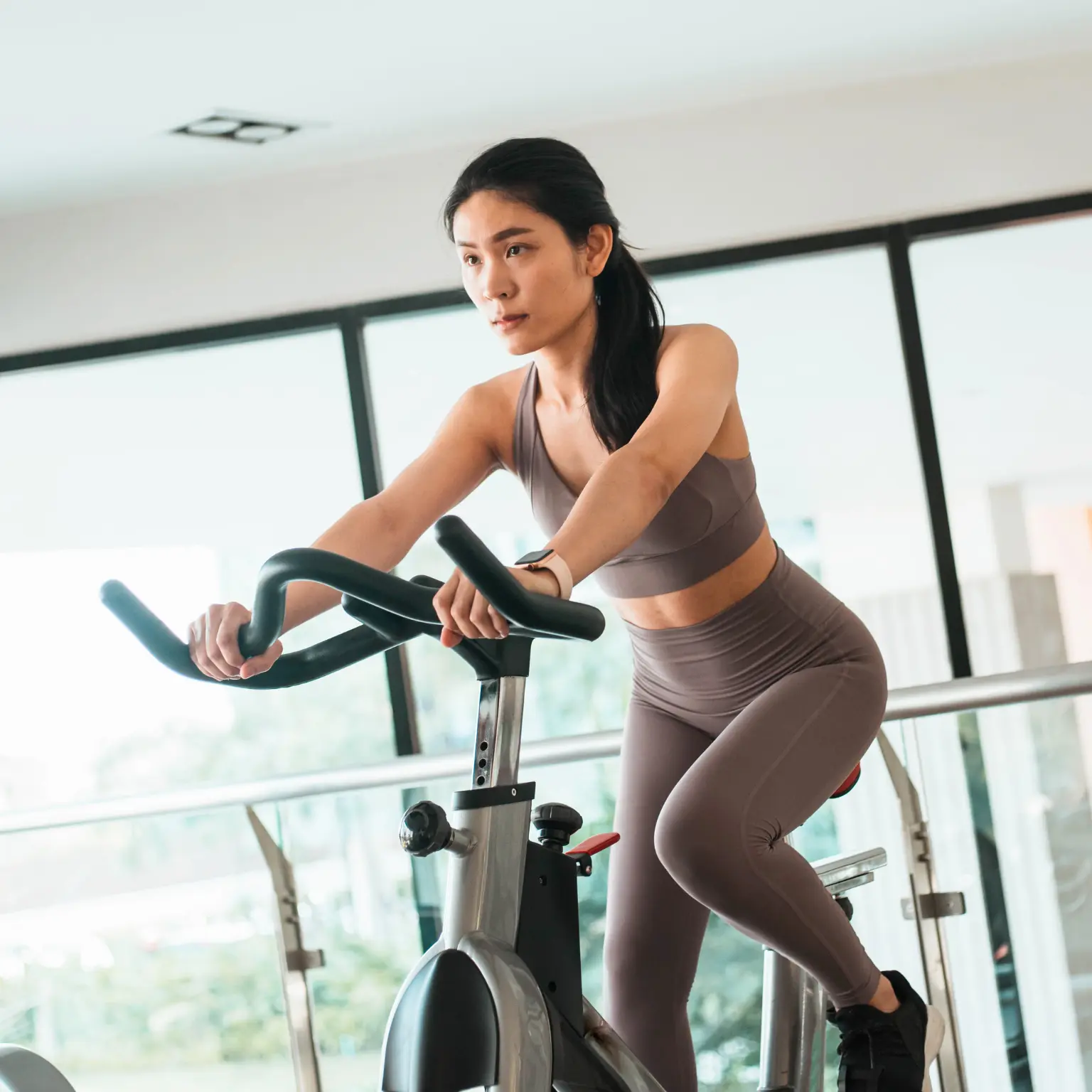How Effective Are Bodyweight Exercises for Building Muscle?

Many people aim to build muscle as part of their fitness goals. While traditional weightlifting is a popular method, bodyweight exercises offer a highly effective alternative. This insight from our Healthy Stride Wellness explores how effective bodyweight exercises are for building muscle, providing you with the information you need to achieve your fitness goals.
Table of Contents
Key Takeaways
- Accessibility and Convenience: Bodyweight exercises require no equipment and can be performed anywhere, making them an accessible option for everyone.
- Muscle Engagement and Growth: Properly executed bodyweight exercises can effectively engage and stimulate muscle growth, especially when combined with progressive overload techniques.
- Variety and Adaptability: With a wide range of exercises and variations, bodyweight workouts can be adapted to suit all fitness levels, ensuring continuous progress and challenge.
Introduction to Bodyweight Exercises
Bodyweight exercises are a form of strength training where you use your own body weight as resistance. Examples include push-ups, squats, lunges, and planks. These exercises are not only convenient but also highly effective for building muscle and improving overall fitness. Healthy Stride Wellness has brought this insight for you to understand the effectiveness of bodyweight exercises in muscle building.
The Science Behind Muscle Growth
Muscle growth, or hypertrophy, occurs when muscle fibres are damaged through exercise and then repaired by the body, resulting in increased muscle mass. This process is influenced by factors such as exercise intensity, volume, and recovery. Bodyweight exercises, when performed correctly, can create the necessary conditions for hypertrophy.
Benefits of Bodyweight Exercises
- Accessibility: You don’t have to worry about pricey gym subscriptions or gear.
- Convenience: This can be done anywhere, anytime.
- Functional Fitness: Improves strength, balance, and coordination.
- Progressive Overload: Techniques such as increasing repetitions, changing angles, or incorporating holds can progressively challenge muscles.
Progressive Overload in Bodyweight Training
Progressive overload is the cornerstone of muscle growth, ensuring that your muscles are consistently challenged to adapt and grow stronger. In traditional weightlifting, this principle is often achieved by increasing the weight lifted. However, in bodyweight training, progressive overload can be implemented through various strategies:
- Increasing the Number of Repetitions or Sets: One of the simplest ways to increase the intensity of your bodyweight workouts is by adding more repetitions or sets. For instance, if you are currently performing 10 push-ups per set, try increasing to 12 or 15 push-ups per set over time. Similarly, adding an extra set to your routine can significantly boost the overall volume of your workout.
- Reducing Rest Intervals Between Sets: Another effective method to apply progressive overload is by reducing the rest periods between sets. Shorter rest intervals increase the intensity of the workout by making your muscles work harder with less recovery time. For example, if you usually rest for 60 seconds between sets, try reducing it to 45 or 30 seconds.
- Performing Exercises at a Slower Pace: Slowing down the tempo of your exercises can increase the time your muscles are under tension, promoting greater muscle activation and growth. For instance, when doing a push-up, take 3-4 seconds to lower your body and another 3-4 seconds to push back up. This slow, controlled movement enhances muscle engagement and can lead to more significant gains.
- Using Advanced Variations of Exercises: As you become more proficient in basic bodyweight exercises, incorporating advanced variations can provide a new challenge. For example, once you have mastered the standard push-up, you can progress to more challenging variations like decline push-ups, diamond push-ups, or one-arm push-ups. These variations increase the difficulty and help to continuously challenge your muscles.
Engaging Multiple Muscle Groups
One of the significant advantages of bodyweight exercises is their ability to engage multiple muscle groups simultaneously. These compound movements not only build muscle but also enhance overall functional strength. Here are some examples of how compound exercises work:
- Push-Ups: This classic exercise targets the chest, shoulders, and triceps, but it also engages the core and stabilises muscles in the upper body. By working multiple muscle groups at once, push-ups provide a comprehensive upper-body workout.
- Squats: Bodyweight squats primarily target the quadriceps, hamstrings, and glutes. Additionally, they engage the core muscles to maintain balance and stability. Variations like jump squats or single-leg squats (pistol squats) further challenge these muscle groups and promote explosive strength.
- Pull-Ups: If you have access to a pull-up bar, this exercise is excellent for working the back, biceps, and shoulders. Pull-ups also engage the core as you stabilise your body during the movement.
Muscle Activation Techniques
To maximize muscle activation during bodyweight exercises, incorporating specific techniques can enhance the effectiveness of your workouts:
- Isometric Holds: Holding a position for an extended period, such as a plank, can significantly increase muscle engagement. Isometric holds force your muscles to maintain tension without moving, promoting endurance and strength. For example, holding a plank for 60 seconds engages the core, shoulders, and glutes intensely.
- Plyometrics: These explosive movements are designed to increase power and stimulate muscle fibres differently from traditional exercises. Examples include jump squats, burpees, and plyometric push-ups. Plyometrics not only build muscle but also improve athletic performance by enhancing speed and power.
- Unilateral Exercises: Working one side of the body at a time helps address muscle imbalances and increases the intensity of your workouts. Examples of unilateral exercises include single-leg squats, single-leg glute bridges, and one-arm push-ups. These exercises require more stability and control, leading to greater muscle activation and growth.
Effective Bodyweight Exercises for Muscle Building
Upper Body
- Push-Ups: Variations include standard, wide-arm, diamond, and decline push-ups.
- Pull-Ups/Chin-Ups: If equipment is available, these exercises are excellent for back and bicep development.
- Dips: Target the triceps, chest, and shoulders.
Lower Body
- Squats: Bodyweight squats, jump squats, and pistol squats for leg strength.
- Lunges: Forward, reverse, and walking lunges to engage the quads, hamstrings, and glutes.
- Glute Bridges: Build up those glutes and strengthen your lower back.
Core
- Planks: Front planks, side planks, and plank variations for core stability.
- Leg Raises: Strengthen the lower abs.
- Bicycle Crunches: Engage the entire core, including the obliques.
Creating an Effective Bodyweight Workout Plan
Sample Weekly Plan
Monday: Upper Body
- Push-Ups: 3 sets of 12-15 reps
- Dips: 3 sets of 10-12 reps
- Pull-Ups: 3 sets of 8-10 reps
Tuesday: Lower Body
- Squats: 3 sets of 15-20 reps
- Lunges: You should aim for three sets of 12 repetitions for each leg.
- Glute Bridges: 3 sets of 15 reps
Wednesday: Core
- Planks: 3 sets of 1-minute holds
- Leg Raises: 3 sets of 12 reps
- Bicycle Crunches: 3 sets of 15 reps
Thursday: Rest or Active Recovery
Friday: Full Body
- Push-Ups: 3 sets of 12-15 reps
- Squats: 3 sets of 15-20 reps
- Planks: 3 sets of 1-minute holds
Saturday: Cardio or Plyometrics
- Jump Squats: 3 sets of 12 reps
- Burpees: 3 sets of 10 reps
- Mountain Climbers: 3 sets of 20 reps per leg
Sunday: Rest or Active Recovery
Tips for Maximizing Results
- Consistency: Stick to your workout plan and progressively increase intensity.
- Nutrition: Make sure you get enough protein to help your muscles heal and get stronger.
- Rest and Recovery: Allow muscles to recover with proper rest and sleep.
- Hydration: Make sure you drink enough water to improve how well you do and recover after.
Common Myths About Bodyweight Exercises
| Myth 1 | Myth 2 | Myth 3 |
Bodyweight Exercises Are Not Challenging Enough | You Need Weights to Build Muscle | Bodyweight Exercises Only Improve Endurance |
With proper technique and progression, bodyweight exercises can be incredibly challenging and effective for muscle growth. | While weights can aid in muscle building, bodyweight exercises can also achieve significant muscle growth through progressive overload and variety. | Bodyweight exercises, especially when performed with high intensity and proper form, can build both strength and endurance. |
Advanced Techniques for Enhanced Muscle Growth
Incorporating Resistance Bands
Adding resistance bands to your bodyweight exercises can increase the intensity and provide a new challenge for your muscles. For example, placing a band around your thighs during squats can enhance glute and leg engagement.
Tempo Variations
Changing the tempo of your movements can increase time under tension, promoting muscle growth. Try performing push-ups with a slow descent and explosive ascent, or incorporate pauses at the bottom of a squat.
Eccentric Focus
Focusing on the eccentric (lowering) phase of an exercise can lead to greater muscle damage and growth. Lower yourself slowly during pull-ups or push-ups to maximize muscle engagement.
Isometric Holds and Static Holds
Holding a position for an extended period can increase muscle activation. Incorporate static holds, such as holding a squat or a plank, to challenge your muscles in a new way.
Nutrition and Recovery for Muscle Building
Protein Intake
Making sure you get sufficient protein is essential for fixing and growing your muscles. Aim for a protein-rich diet with sources like lean meats, dairy, legumes, and protein supplements if needed.
Balanced Diet
Ensure a balanced diet with adequate carbohydrates and fats to fuel your workouts and support overall health. Make sure to include a variety of fruits, veggies, and whole grains in your diet.
Hydration
Making sure you drink enough water is crucial for your body to work at its best and to help you recover properly. Remember to keep yourself hydrated by drinking lots of water every day, particularly before and after you exercise.
Rest and Recovery
Allowing your muscles to recover is vital for growth. Make sure to prioritize getting sufficient sleep and remember to include rest days in your exercise schedule. This will help you avoid pushing yourself too hard and overtraining.
Personalizing Your Bodyweight Workout Plan
Assessing Your Fitness Level
Before starting a bodyweight workout plan, assess your current fitness level. This will help you choose appropriate exercises and progressions.
Setting Realistic Goals
Set specific, measurable, achievable, relevant, and time-bound (SMART) goals. Staying motivated and focused on your fitness goals is key.
Tracking Progress
Keep a workout journal to track your exercises, sets, reps, and any progressions. This method can assist you in keeping track of your progress and monitoring your enhancements as time goes by.
Adapting to Your Needs
This approach can help you monitor how you’re doing and keep an eye on the improvements you make over time. If an exercise feels too easy, increase the intensity or try a more challenging variation.
Finally
Bodyweight exercises offer a versatile and effective way to build muscle without the need for equipment or a gym membership. By incorporating progressive overload, engaging multiple muscle groups, and using advanced techniques, you can achieve significant muscle growth and improve overall fitness. We at Healthy Stride Wellness have brought this insight for you, emphasizing the effectiveness of bodyweight exercises in muscle building. Embrace the convenience and challenge of bodyweight workouts to reach your fitness goals.
For more articles on effective muscle workout routines and plans, explore our other blog posts on Healthy Stride Wellness. Stay fit, stay healthy, and keep striving for your wellness goals!
FAQs
1. Can bodyweight exercises effectively build muscle?
Yes, bodyweight exercises can effectively build muscle when performed with proper technique and progressive overload. They engage multiple muscle groups and can be adjusted in intensity through variations and additional techniques such as isometric holds and tempo changes.
2. Do I need any equipment for bodyweight exercises?
No, bodyweight exercises do not require any equipment, making them accessible and convenient. However, incorporating resistance bands or using household items can add variety and intensity to your workouts.
3. How often should I do bodyweight workouts to see results?
To get the best results, make sure to keep your workouts consistent. Try to do bodyweight exercises 3-4 times every week, and give yourself breaks to rest and recover in between. You can tweak how often and how hard you work out depending on your fitness level and what you want to achieve.
Please Note: Healthy Stride Wellness provides educational content and is not a replacement for medical advice. Consult a healthcare provider for any health issues.




